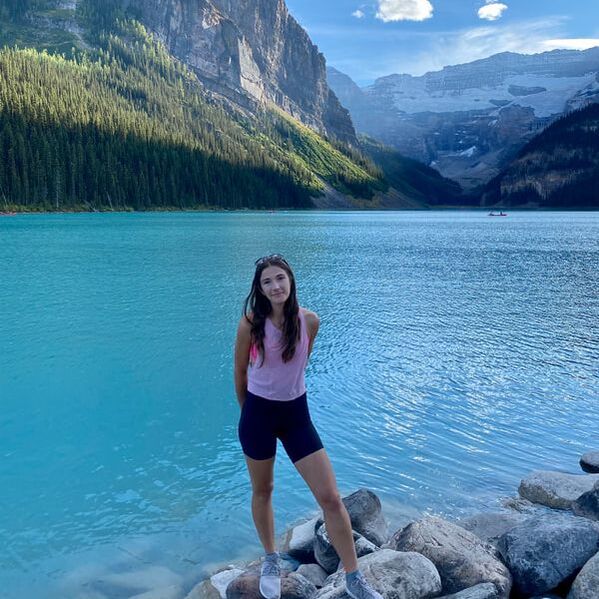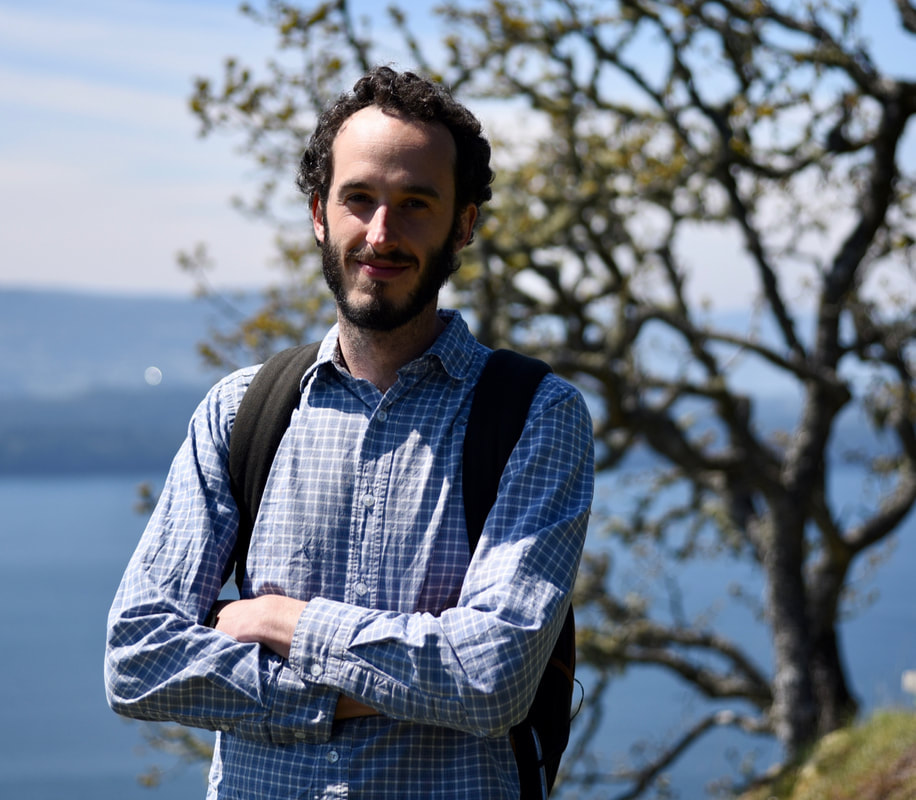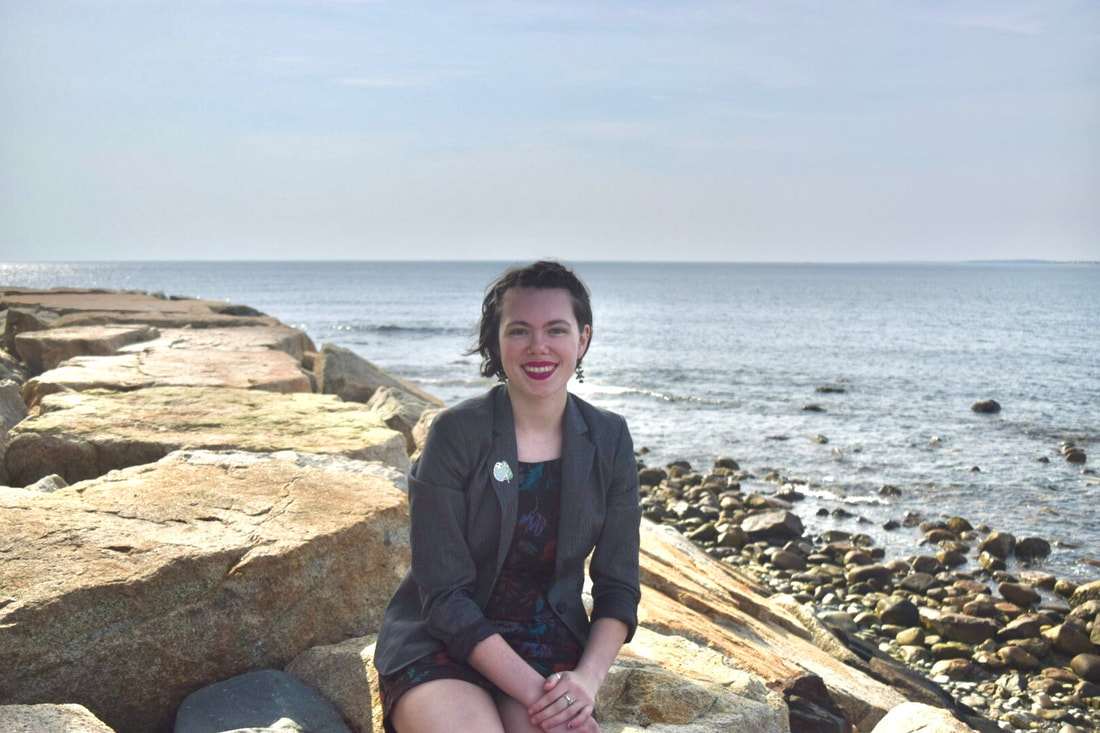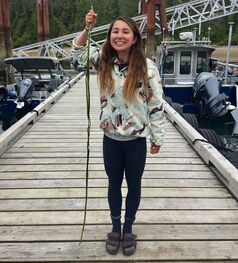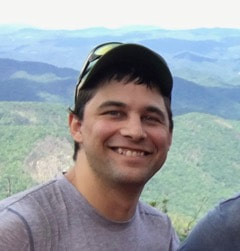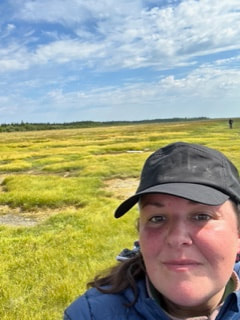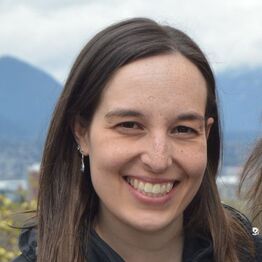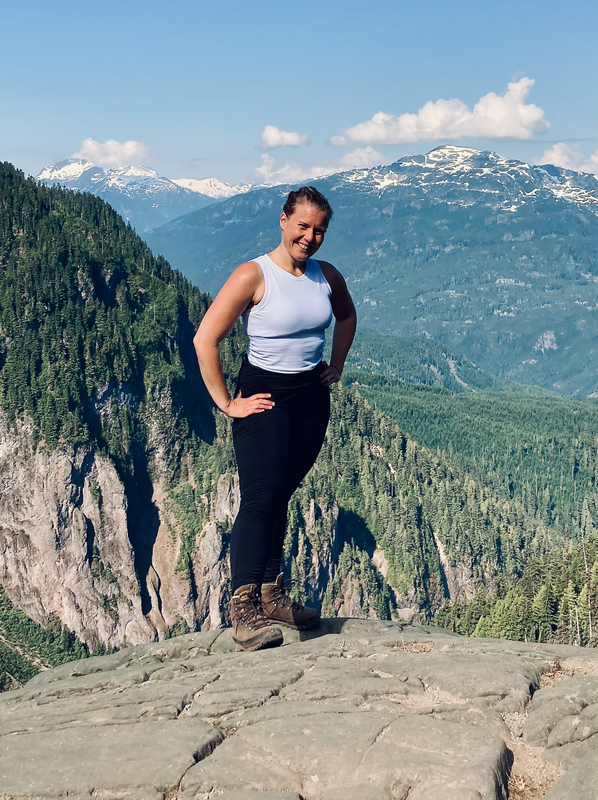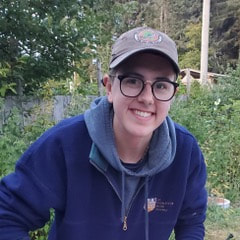Current lab members
Graduate Students
PhD Student: Ashley Park |
|
I am interested in the investigation of large-scale ecological questions, with a focus on threatened ecosystems and how they will be impacted by climate change. I am particularly interested in how climate change will alter the physical structure of ecosystems, and in turn what impact this will have on community composition and ecosystem function.
My past research has focused on Species at Risk conservation, identifying and developing applied solutions to conservation issues within Canada, and understanding how past experiences influence mate choice and maternal investment. |
PhD Student: Andrew Simon (he/him)My research draws on historical collections, field studies, and crowd-sourced biodiversity data, combined with environmental monitoring and remote sensing techniques, to analyse drivers of biodiversity change at multiple scales. I study a wide variety of organisms, linking ecological theory with observational studies to improve our understanding of the trait-environment relationships underlying niche dynamics in space and time.
As an advocate for community science, I have a special interest in the development of frameworks supporting a networked approach to biodiversity research and monitoring. This work began with the Biodiversity Galiano project and continues through the organization I co-founded with friends and colleagues: the Institute for Multidisciplinary Ecological Research in the Salish Sea. Check out Andrew's personal website here. |
PhD Student: Maggie Slein (she/her)
|
PhD Student: Keila Stark (she/her)Accurately predicting how marine faunal populations will respond to warming seas is critical to informing management plans. An existing approach to achieving this is modeling future species distributions based on estimated thermal tolerance ranges from current distributions, however this misses other ecological pathways (ie. trophic) through which warming might affect a taxon of interest. I am interested in investigating how warming might influence the abundance and distribution of Arctic char (Salvelinus alpinus) via temperature effects on its prey abundance through trophic and metabolic theory of ecology frameworks.
|
Postdoctoral Research Fellows
David Anderson, PhD
|
Nicole Knight, PhD (she/her)
|
Mélanie-Louise Leblanc, PhD (she/her)
|
Research Affiliates & Lab Technicians
Carling Gerlinksy, M.Sc. (she/her)
|
Jessica Garzke, PhD
|
Miranda MacGillivray
|
Fruin Pow (he/they)
|
Leticia Queiroz, B.Sc.
|
Marin Netterfield
|
